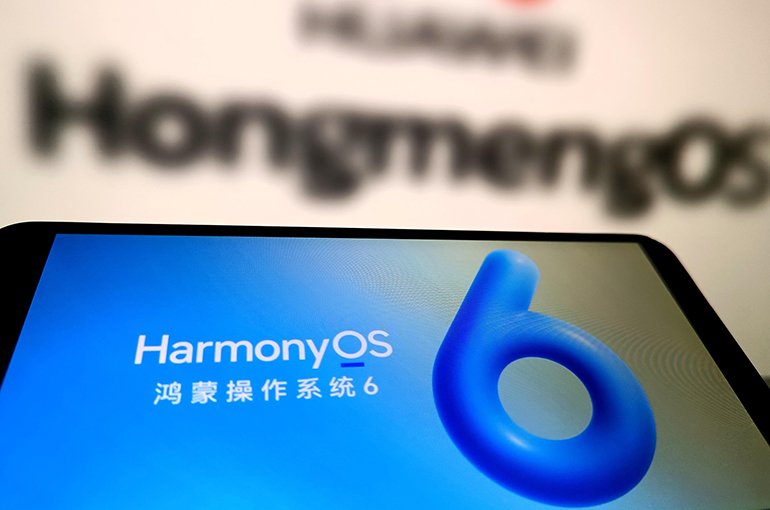Select Language:
Huawei Technologies has unveiled HarmonyOS 6, the next-generation operating system featuring advanced artificial intelligence functions. The update includes an initial set of over 80 AI-powered applications equipped with intelligent agents.
“This marks a significant milestone for us,” stated Richard Yu, the company’s executive director and head of its consumer business group, during the launch event. HarmonyOS 6 has been thoroughly enhanced in terms of application ecosystem and user experience. The company plans to gradually roll out a large-scale public beta across more than 90 device models.
The new OS introduces an agent development framework, empowering developers to create intelligent agents capable of autonomous decision-making, interactive communication, and collaboration, all without needing to develop underlying algorithms. This shift aims to transition user interaction from traditional touchscreens to conversational language interfaces.
The initial batch of over 80 AI agents, built using this framework, spans sectors such as education, healthcare, entertainment, and everyday services. They assist users with tasks like ordering food or booking flights. For instance, a shopping assistant developed by a major e-commerce platform can suggest products, search for deals, and compare discounts based on user preferences.
HarmonyOS 6 also supports cross-system connectivity, enabling users to transfer data seamlessly without internet. Additionally, the latest version introduces the ability to connect via near-field communication with Apple devices for the first time.
Since its predecessor’s release in October last year, HarmonyOS 5 has been installed on over 23 million devices. The company announced at the developer conference last month the Tiangong Plan, committing over CNY 1 billion (approximately USD 140 million) and other resources to nurture the HarmonyOS AI ecosystem. Future plans include the development of more than 10,000 AI-native services, 1,000 intent frameworks, and 5,000 agents within the OS.






